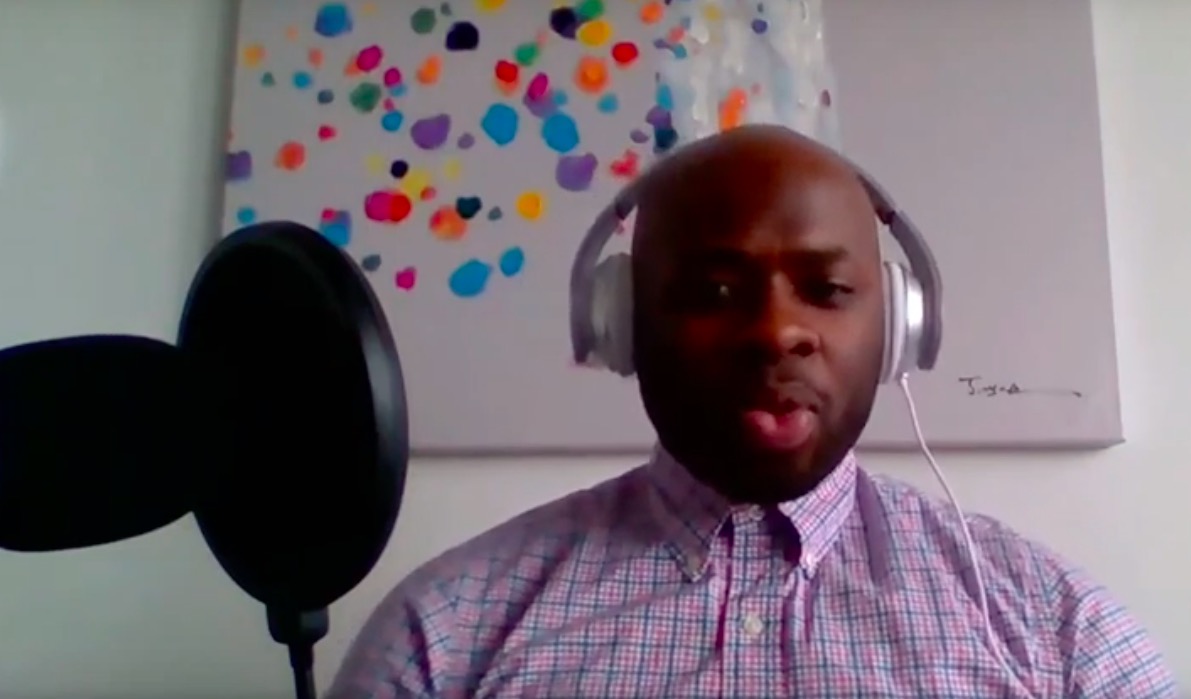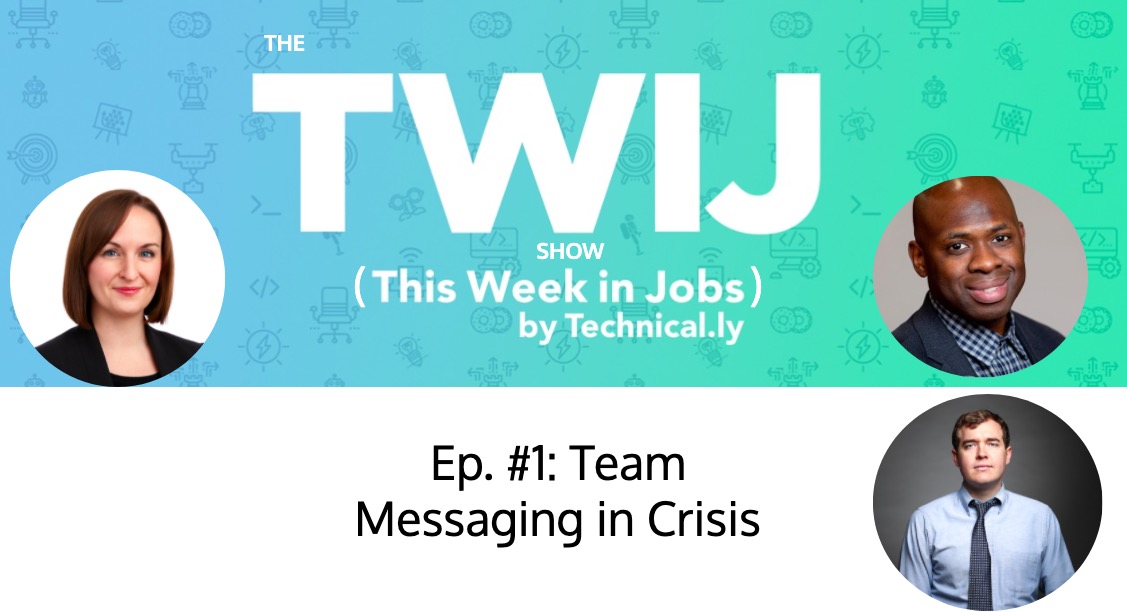Speed chess is a different game than its traditional forebear.
The rules and theory are the same. But when decision making is compressed, other necessary skills emerge. Leading in crisis can be something like that, as Bruce Marable tells it. You might show a blindspot that you can counterweight with thoughtfulness, but you also might spark an aggressive streak you didn’t otherwise know you had.
Marable is the cofounder and CEO of Employee Cycle, maker of an HR analytics dashboard headquartered in Center City Philadelphia that launched last year and has a team of five. As the COVID-19 pandemic shook the world, he’s spent the last several weeks speaking to HR professionals at a range of company sizes dealing with fear and trembling. He’s confronted it too, both with staff and himself.
Ditto for Jess Gartner, the founder and CEO of Allovue, described as an edfintech startup based in the Remington neighborhood of Baltimore. Gartner has raised more than $13 million for Allovue and built a team of nearly 40 since 2013. When she has rotten news to share with her team, she tries to start first by imagining how she’d want to receive the news.
When you’re honest, straightforward and clear with a team you’ve invested in, you might be surprised how supportive a team can be, even in the darkest of times. And these are, indeed, dark times.
The two of them joined this reporter for the pilot of a weekly web interview series we at Technical.ly are calling The TWIJ Show — named after our newsletter called This Week in Jobs. The theme for our conversation was team messaging in crisis. Below watch the discussion and skim the highlights to help you manage your own internal crisis communications.
As disruptive as a global health shock can be, organizational leaders have faced crises before and will face others in the future. It’s crucial to have a plan.
Start from a place of empathy
During a crisis like today, Gartner says we find out which “leaders view their people as human beings who are living through something, rather than lines on a spreadsheet.”
When you have bad news — budget cuts, hiring freezes, reduction in force (RIF) — you must start first with how it will impact your team. Of all the many stakeholders a leader has to account for, from shareholders to clients to investors and more, in a crisis, you must start first with your team. It won’t mean you’ll always be popular. It won’t mean you’ll always get it right. It won’t mean you should always do what is best for any given employee over another stakeholder’s interests every time, but you go through the exercise. When I announce this news, how will it impact this employee?
Your responsibility is your organization’s health. But make your decisions knowing how it impacts others, rather than purely the comforting sterility of numbers.
Run, pause, then run again
A leader has to be adept at changing speed. When a crisis breaks, the leader first has rush to gather credible information about the situation — having access to reliable insight is crucial. Then a leader needs the ability to pause, as time allows, to gather as clear a short-term crisis plan as is possible. One tactic can be to try to buy time, if possible. Once that short-term plan is set and communicated, then a leader has to speed once again. That’s why they’re in the game of speed chess that a crisis presents.
“If you’re a leader, you have to make room to think critically in the shortest period of time,” Marable said. “Speed chess is so different than competition chess.”

Bruce Marable. (Screenshot)
Increase the frequency of communication
If you have a monthly all-hands meeting, during a period of crisis, introduce a weekly email. If you have weekly check-ins with direct reports, add quickly daily check-ins. When information is changing rapidly, you need to make yourself available and keep your team informed.
This also might vary depending on company size and how you organize your team. If you have strong relationships with a reliable leadership team, you may rely on them for quick feedback and to help disseminate information. Still, don’t discount the importance of hearing directly from the leader.
Clarity, not certainty
Be specific with your team, but only promise that which you can deliver on. If you may have to do layoffs, don’t pledge to avoid them. If you have to meet some revenue threshold by some date, share it. Give specific, quantifiable goals and deadlines, even if they are short-term. Professionals understand a lack of certainty during a crisis, but that’s no reason to avoid clarity.
One way to make sure you are clear, and don’t overstep what you are certain about is to write yourself a script. Don’t be overly practiced. Don’t be forced. But do prepare your approach. When Gartner was first coming to understand how disruptive COVID-19 could be, she wrote herself a 30-point plan. True, she later trimmed it, but the self-described planner put the work in to be able to offer a transparent look at the options she felt her team had.
There’s a tricky balance of transparency during a crisis; you must keep your team informed, while not burdening them with unreliable, inconsistent or unhelpful stress. Perhaps leaders should strive not to be as transparent as possible, but to be as transparent as is productive. If you get unconfirmed information that could swing in another direction quickly, question why you’re sharing that information and with whom. Use your leadership team for guidance.
All that said, when something is final, limit lag between when you know and the entire team does.
Sometimes one size does fit all
As it became clearer that this coronavirus was going to be a pandemic with meaningful economic implications, Gartner started having one-on-one conversations with each of her dozens of staff members. It took a lot of time, but it was possible. She notes that at some size that becomes impossible for a CEO to do, but the culture of caring can remain: “Every manager at a company could do that.”
She and Marable are both startup founders, and though they’re at different stages, in the grand scheme of business, they’re both tiny. Yet neither think the care they have for their employees should be lost as a company grows, as difficult as that is.
As Gartner said, “Leading with empathy does scale.”
Join the conversation!
Find news, events, jobs and people who share your interests on Technical.ly's open community Slack

Delaware daily roundup: Delmarva Power vendor stats; DelDOT's $15M federal grant; 50 best companies to work for

Delaware daily roundup: Over 4,000 Black-owned businesses uncovered; Dover makes rising cities list; a push for online sports betting

Philly daily roundup: East Market coworking; Temple's $2.5M engineering donation; WITS spring summit


